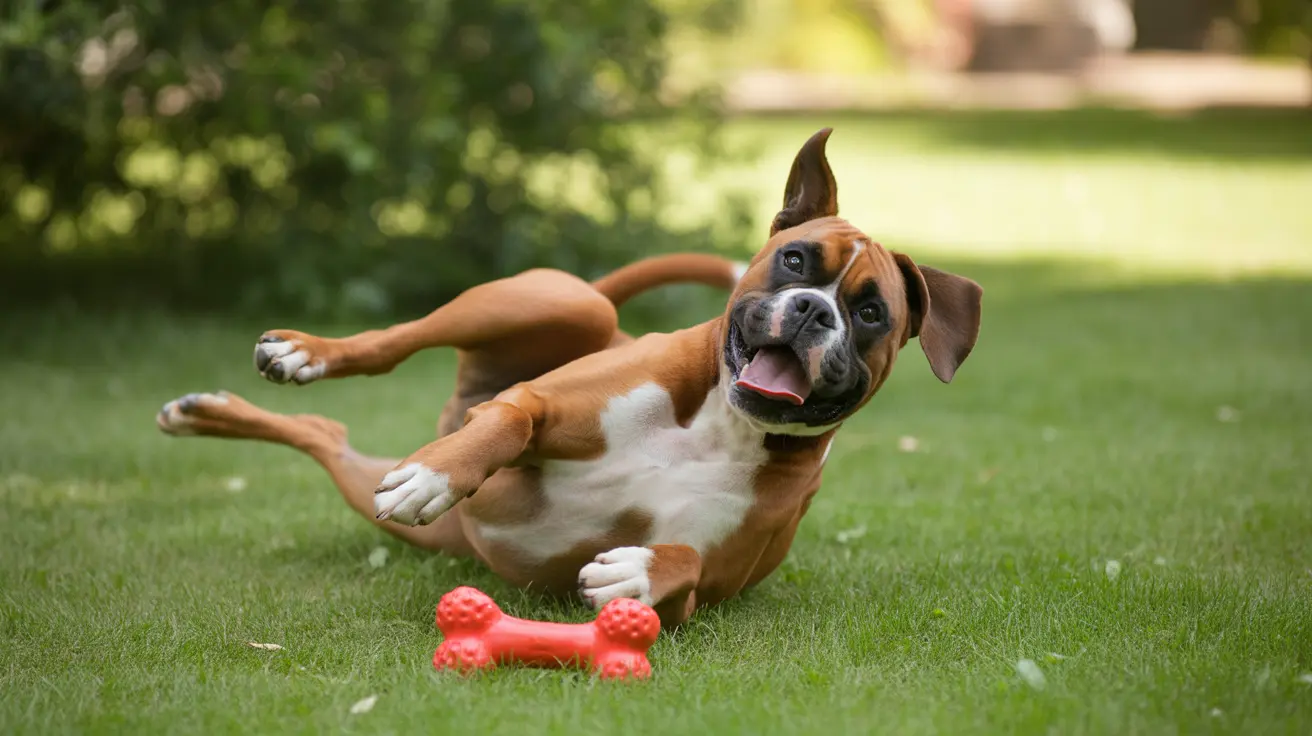When Can Dogs Start Canicross? A Comprehensive Guide for Canine Athletes
Canicross—a sport where dogs and humans run as a team—has been gaining traction among active pet owners and outdoor enthusiasts. However, one of the most frequently asked questions is: What age can dogs safely start canicross? Understanding the right time to begin training not only ensures your dog’s safety but also enhances their long-term participation and enjoyment in the sport.
Understanding Canicross
Canicross is a high-energy, team-oriented activity where a dog pulls the runner via a bungee leash connected to a harness and belt system. This sport originated as off-season training for sled dogs in Europe but has since become a popular physical activity worldwide.
Ideal Starting Age for Canicross
Dogs should be fully grown before beginning canicross. For most breeds, this means waiting until the dog is between 12 to 18 months old. Starting too early may lead to serious health issues, as the dog’s joints, bones, and muscles are still developing.
Why Waiting Is Important
- Joint Development: High-impact activities can stress immature joints, potentially causing long-term damage.
- Bone Growth: Dogs, especially large breeds, may continue growing past their first birthday.
- Muscle Conditioning: A more mature body is better suited for building the strength needed for pulling and running.
Preparing Before the Right Age
While waiting for your dog to reach the right age, you can still start preparing them for future canicross adventures by focusing on foundational skills:
- Basic Obedience: Teach your dog to respond calmly to commands and stimuli while walking or running.
- Vocal Cues: Work on commands like “left,” “right,” “slow,” and “go.”
- Line Out Training: Encourage the dog to stand still at the starting line, focused and ready.
- Light Walking or Trotting: Low-impact activities help with early conditioning.
Choosing the Right Equipment
Regardless of age, proper gear is essential:
- Canicross Harness: Specifically designed for pulling, to avoid limb and respiratory issues.
- Bungee Leash: Helps reduce shock on both dog and runner.
- Canicross Belt: Offers optimal load distribution and safety.
Getting Veterinary Approval
Before engaging in any strenuous activity, especially one as intense as canicross, it is crucial to consult your veterinarian. They can evaluate your dog’s growth, health condition, and overall suitability for the sport.
Breed Considerations
Though breed doesn’t dictate participation, some dogs may naturally be more suited to canicross:
- Popular Breeds: German Shorthaired Pointers, Border Collies, Belgian Malinois, and mixed breeds such as Greysters and Alaskan Huskies.
- Other Breeds: Even small breeds like Chihuahuas and Cocker Spaniels can enjoy the sport at their own pace.
Training Progression
- Begin with short, consistent training sessions in quiet environments.
- Gradually increase distances and intensity over time.
- Always monitor your dog for signs of fatigue or distress.
Nutritional and Hydration Needs
As canicross demands high energy, maintaining proper nutrition and hydration is vital:
- Feed your dog at least 1–2 hours before a run.
- Offer water and trail treats during and after longer sessions.
- High-quality chews support recovery and muscle maintenance.
Safe Running Environments
Choose off-road trails like forest paths or grassy fields to minimize paw stress and external hazards. Plan your routes in advance, avoiding pavement and overheating conditions.
Adapting for Older or Disabled Dogs
Even senior or disabled dogs may participate in canicross depending on their condition. Always seek veterinarian guidance and focus on comfort and enjoyment rather than performance.
Conclusion
Canicross is a rewarding activity that deepens the bond between you and your dog. The key to success lies in waiting until your dog is at least 12 to 18 months old, carefully building their skills and endurance, and prioritizing their physical condition and comfort. With the right pace and preparation, canicross can be a joyful and sustainable part of your canine companion’s life.





